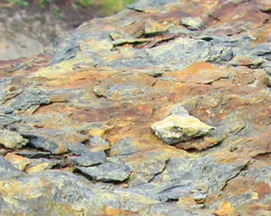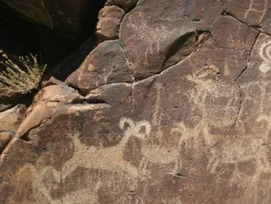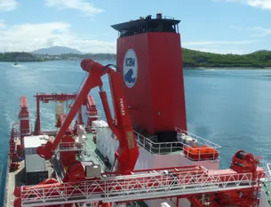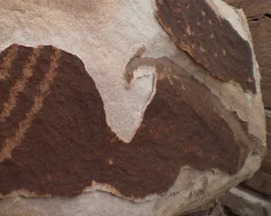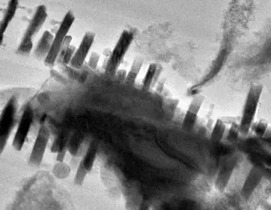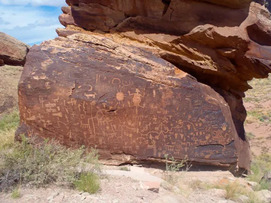Rock Coatings and the Potential for Life on Mars
Rock coatings observed on the surface of Mars since the Viking landers of the mid-1970s continue to generate considerable interest in the field of astrobiology. Terrestrial rock coatings are associated with diverse microbial life, raising the question as to whether martian rock coatings might also be partly of biogenic origin. Rock coating formation can be mediated by microbes, which in turn are shielded from harmful radiation and can obtain nutrients from the coating. In addition, coatings may be indicative of life and can preserve its signatures. Pragmatically, rock coatings are surface environments accessible by Mars rovers. This article focuses on the habitability, preservation capability, and practicality of rock coatings as astrobiological targets on Mars.
Rock Coatings and the Potential for Life on Mars Read More »


